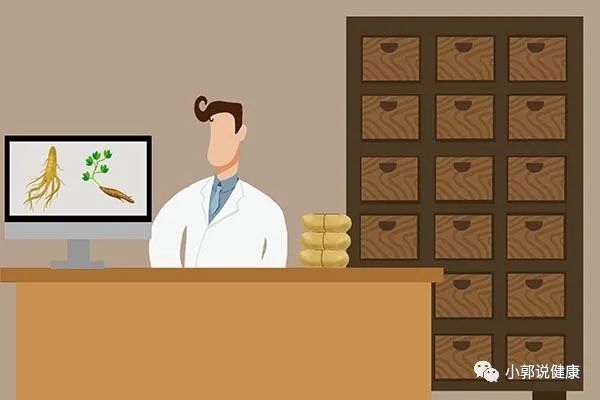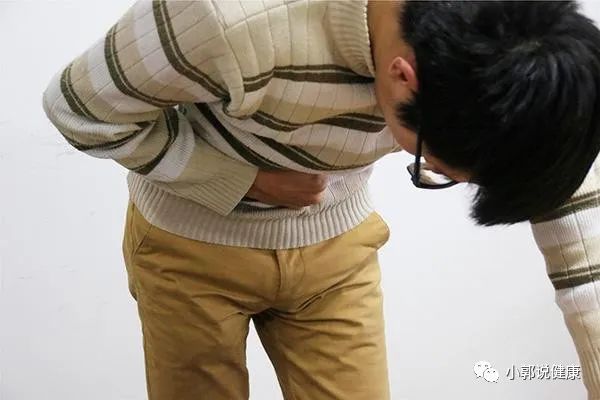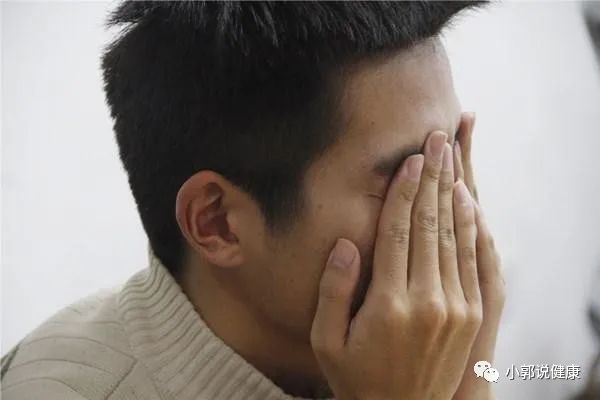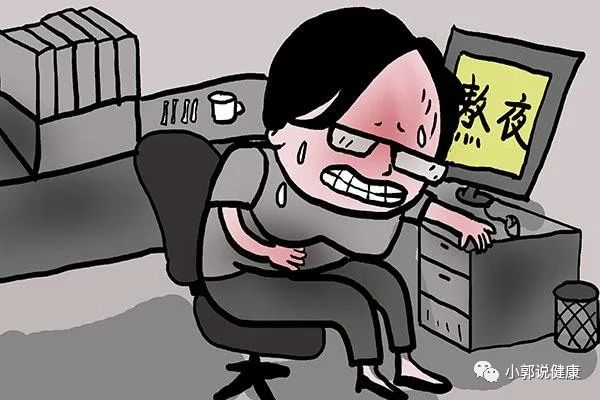The Sage of Medicine, Li Shizhen, is a prominent figure in ancient Chinese medicine. In his work, Binhu Maixue, he wrote, “Phlegm generates a hundred diseases, and dampness brings disasters,” warning everyone about the significant harm that phlegm-dampness can cause to the body. Many ailments in the human body are caused by phlegm-dampness.
Many people in daily life often feelfatigued and lackluster, yet have no obvious illness. Perhaps you might be afflicted by phlegm-dampness and have developed aphlegm-dampness constitution. Individuals with a phlegm-dampness constitution are often prone to illness and, due to their long-term poor mental state, find it difficult to work effectively.
For those with a phlegm-dampness constitution, there are actually clear manifestations in the body. Many people remain unaware; it might be beneficial to check if you have phlegm-dampness and use targeted methods for improvement to help you eliminate dampness and feel light.

Three Physical Manifestations of Phlegm-Dampness Constitution
Obesity with Poor Complexion
According to the Huangdi Neijing: Ling Shu: Wubian, it is recorded that phlegm-damp individuals have “thin skin without luster, and flesh that is soft and flabby,” meaning that those with severe phlegm-dampness often exhibitobesity with a lack of resilience and luster in the skin, which refers to adark complexion lacking vitality. Although they may have flesh, it is soft and flabby, indicating a state of obesity without strength.
When there is excessive dampness in the body, it can lead to accumulation due to improper circulation, resulting in symptoms of obesity and edema. Many people may appearstrong and overweight, yet have a poor complexion and apoor mental state, with their bodies lacking firmness.
In severe cases, the inability to expel dampness leads to more pronounced edema, making the body appear even heavier, with soft flesh that leaves an indentation when pressed, which is actually a manifestation of cold dampness beneath the skin.

Spleen and Stomach Yang Deficiency, Abdominal Pain, and Diarrhea
As recorded in the Huangdi Neijing: Ling Shu: Wubian, “If the intestines and stomach are disturbed, the evil qi will linger, leading to accumulation and causing cold and heat imbalances between the spleen and stomach.” When dampness is heavy, it can lead to abnormalities in the intestines and stomach, causing both cold and heat symptoms. Common cold symptoms includeabdominal pain and diarrhea, due to cold dampness damaging the stomach yang. In daily life, individuals with heavy dampness often experience weakness in the spleen and stomach, with common issues being abdominal pain and diarrhea. Some may even develophabitual diarrhea, experiencing daily loose stools that are poorly formed due to excessive dampness, often sticky and difficult to flush.
Indigestion and Fatigue
Heat symptoms manifest as indigestion,spleen and stomach weakness, where food cannot be transformed and accumulates in the intestines and stomach.
The Suwen: Ling Lan Mijian Lun states: “The spleen and stomach are the officials of storage, from which the five flavors emerge,” referring to the ancient granary. The spleen and stomach can intake food and transform it into the nutrients needed by the body. If the spleen and stomach are weak, their transformation function fails, leading to food accumulation in the stomach, causingabdominal distension, fullness, and indigestion.
Heavy dampness leads to spleen qi deficiency; the spleen is the foundation of postnatal health. Spleen deficiency results in digestive abnormalities, and the nutrients from ingested food cannot circulate throughout the body, making it easy for us to become deprived of nourishment, leading to fatigue and a lack of vitality.

Simple Methods to Regulate Phlegm-Dampness Constitution
Light Diet, Avoid Sweet and Greasy Foods
The Suwen: Qibing Lun states, “This is where obesity arises; such individuals must frequently consume sweet and fatty foods. Their qi overflows, leading to thirst.” This means thatthose with heavy dampness and obesity tend to love sweet and greasy foods, ultimately leading to “thirst,” which we commonly refer to as diabetes. The typical symptoms of diabetes include dry mouth, frequent urination, and increased appetite, which is the symptom of thirst.
In daily life, sweet and greasy foods are difficult to digest in the intestines and stomach; prolonged accumulation leads to dampness, which cannot be expelled and ultimately accumulates in the body, causing obesity. Therefore, in daily life, we should choose toeat more light and easily digestible foods. This does not mean avoiding meat, but rather opting for lean meats, such asbeef and lamb, which are warming and damp-dispelling foods. However, we should pay attention to cooking methods; overly greasy preparations can exacerbate dampness. Eating more vegetables and fruits while appropriately supplementing with meat is advisable.

Regular Exercise to Eliminate Dampness
The Yixue Mijuan states, “Movement generates yang, while stillness generates yin.” Yang qi is our vital energy, which comes from our parents and is supplemented by diet. Weakness in the spleen and stomach due to dietary imbalance leads toyang qi deficiency and increased dampness. Supplementing yang qi can help eliminate cold dampness.Exercise can enhance physical strength and replenish yang qi.
Exercise is actually quite simple; just maintain a consistent routine that does not harm the body. It is important to exercise at the right times; avoid exercising in windy conditions or late at night. After exercising, if the body sweats, the three evils of wind, cold, and dampness can easily invade the body, leading to illness. In the early morning and evening, dampness is heavy and temperatures are low; therefore, exercise can be chosen for the late afternoon or early evening, and it should not be excessive, ensuring that the body warms up and sweats slightly.

Differences Between Phlegm-Dampness Constitution and Damp-Heat Constitution
Dampness is a yin evil, belonging to the water category. When dampness combines with heat, it fills the three burners.Phlegm-dampness constitution and damp-heat constitution generally exhibit many similar symptoms, but one distinguishing feature is the tongue coating. Individuals with a phlegm-dampness constitution are more likely to havethick white tongue coating, while those with a damp-heat constitution tend to haveyellow greasy tongue coating.
As stated by Qing Dynasty physician Xue Shengbai, “Taiyin injury leads to dampness accumulation. When external evils arrive, they interact with internal factors, resulting in damp-heat formation.” If the body’s dampness has not been eliminated, it cannot transport food and circulate qi and blood. At this time, if external evils invade, it can lead to the formation of damp-heat.
In daily life, avoid prolonged exposure to damp environments.Keep your living space clean and tidy, open windows for ventilation, and maintain dryness indoors. Regularly sun your bedding and change clothes to keep your body dry and comfortable, preventing external damp evils from invading the body, which can help prevent damp-heat.
Severe phlegm-dampness can damage our bodies; however, eliminating dampness is not difficult. It merely requires diligence in diet and exercise. As long as one can persist, it will help improve the phlegm-dampness constitution.

